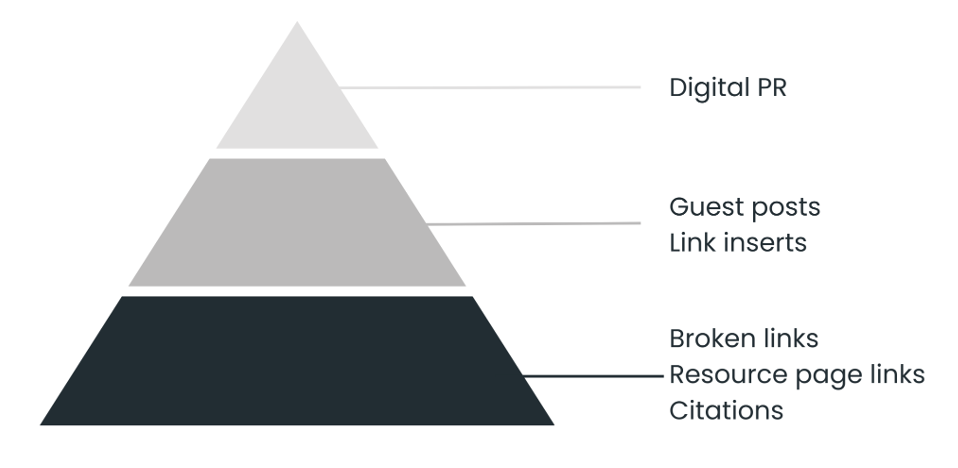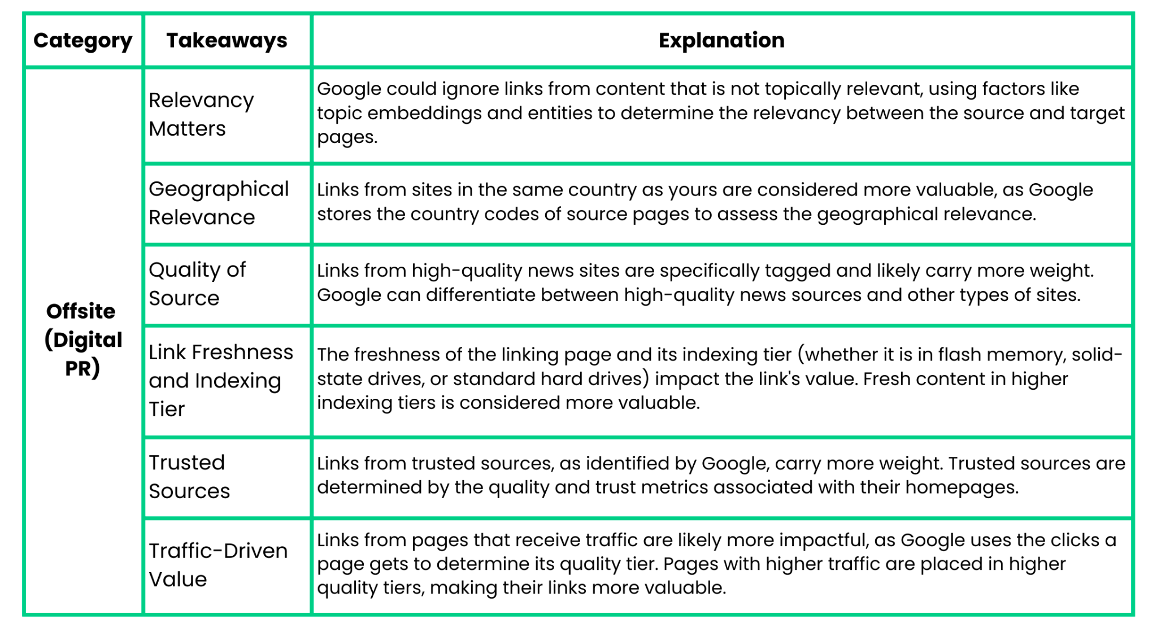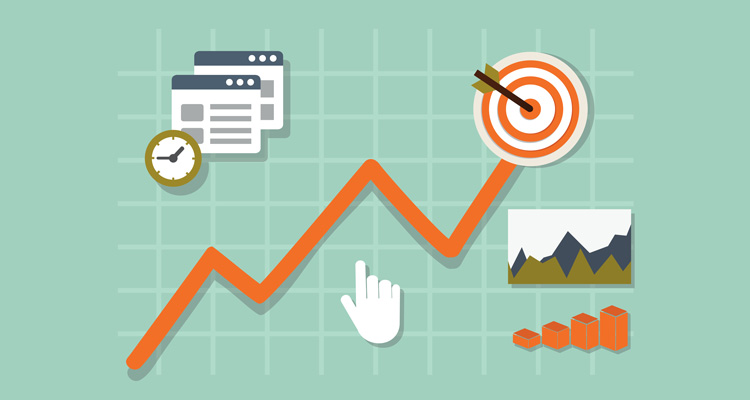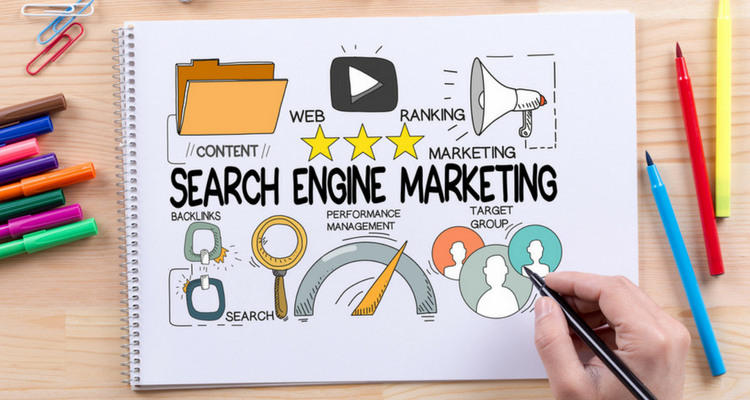Across the world, Digital PR is booming. Marketers, particularly in the UK and USA, have embraced the link-building tactic, either through in-house teams or dedicated agencies, to generate authoritative and relevant backlinks. Meanwhile, here in Australia, Digital PR is relatively unheard of. This is unfortunate, as Digital PR can drive great results for Australian businesses, from increasing organic rankings to driving brand awareness.
So What Is Digital PR?
To grasp what Digital PR is, it is important to first understand backlinks and their importance to Search Engine Optimisation (SEO).
A backlink refers to a link from one website to another. These links hold significant weight in SEO as search engines interpret them as endorsements of your site’s reliability. Accumulating backlinks from a diverse range of authoritative websites is crucial for SEO, as they enhance your site’s perceived trustworthiness and contribute to ranking higher on search engine results. When your website appears high in these search results, you will see a boost in organic traffic to your website.

Digital PR is a tactic to acquire these backlinks. But not just any backlinks. If we look at all backlinks as being in 3 different tiers, Digital PR is Tier 1. It focuses on securing top-tier, high-quality backlinks from authoritative and relevant online media outlets by implementing PR tactics to pitch stories from your brand to the press. In contrast, traditional link building falls under Tier 2, while social and citation links constitute Tier 3.
However, does this imply that traditional link-building holds no value? Absolutely not! A diversified link profile is pivotal for gaining a competitive advantage in the eyes of Google. Nonetheless, given that many businesses have long engaged in traditional link building, gaining a competitive edge through this method can prove challenging, as many struggle to differentiate their link profiles. Going after tier 1 links with a Digital PR approach can set them apart from the rest, as not many businesses will have these types of links.
Digital PR Is The Best Method For Building High-Quality Backlinks To Your Website
Google and other search engines prioritise high-quality links. Therefore, by utilising Digital PR to gain backlinks from authoritative sites, you can significantly increase the ranking of your website on Google.

Digital PR also focuses on naturally earning backlinks by creating shareable content. Unlike paid links, which Google often considers spam and disregards, these naturally earned links are more likely to be acknowledged, enhancing rankings and search visibility instead of risking a decline.
In addition to this, Digital PR helps diversify the backlink profile of a website by securing links from a variety of websites. The more unique websites linking to yours, the stronger the signal to Google of your page’s credibility, resulting in higher rankings on the search engine.
Furthermore, Digital PR builds brand reputation. Google places significant value on online reputation. If your brand is perceived as reputable and trustworthy by Google, it’s more likely to achieve higher rankings. Building online reputation also helps improve Domain Authority (aka Domain Rating) which helps increase visibility on search results.
The Halo Effect Of Digital PR
Digital PR also offers several additional benefits beyond improving search rankings. It’s important to keep in mind that at its core, Digital PR is essentially a branch of public relations, reaping similar advantages as traditional PR strategies.
Not only does Digital PR build online reputation for Google search results, but Digital PR also fosters brand reputation among prospective customers. When individuals encounter your brand mentioned in a trusted news source, they are more inclined to trust and engage with it, potentially leading to increased purchases.
Digital PR also enhances brand awareness by reaching new audiences and potential customers by inserting your brand into relevant conversations. It also drives traffic to your website which can lead to conversions.
How To Get Started With Digital PR
Journalists are often pressed for time and actively seek out experts and data to develop stories. Digital PR involves offering such expert insights, focused on topics of which your business has significant knowledge.
Securing placement in top-tier publications requires crafting a compelling story to pitch to journalists, which generates interest and encourages coverage for your brand. Generally, there are 3 main tactics used to do this. Let’s begin with campaign-led Digital PR.
Campaign-led Digital PR
Campaign-led Digital PR usually involves data-driven research studies or creative campaigns created specifically for Digital PR purposes.
Data-driven campaigns showcase your industry expertise and are a great way to establish credibility and trust with both journalists and your audience. Such campaigns offer journalists unique insights supported by trusted data. This encourages journalists to write a story on the data, including your client.
Creative campaigns on the other hand can be anything from dream job campaigns to visual experiments, fun interactive sites to fake products. These creative campaigns must have an element of virality and can capture reader’s attention.
Reactive Digital PR
Reactive PR is a PR technique that involves reacting quickly to breaking news, trending topics, and external events. By providing commentary or data to journalists, you can insert your brand in relevant conversations, generating links and boosting brand awareness.
Product- Or Service- Led PR
If you have a strong product or service can also use product- or service-focused PR to earn links and media attention. This can work particularly well near shopping events, such as Christmas, Black Friday, Mother’s Day, Father’s Day, EOFY Sales or if your product or service has a marketable USP, such as low cost during the cost of living crisis or helps solve a common problem which is of newsworthy importance.
The Approach And Execution Of Your Digital PR Strategy Hinge On Various Factors
- Audience preferences – What topics resonate with them? What type of content is useful to them?
- Competitors backlink profiles and link-building strategy – Which publications do they have links from? How did they attain these links? Emulate their success while also diversifying your sources for acquiring links.
- Publications you aspire to be featured in – What do they deem newsworthy? What content does your brand offer that aligns with their interests and criteria?
Campaign Outreach
Once your campaign is ready, the next step is to capture the attention of journalists. This involves employing traditional PR methods, such as pitching to appropriate journalists at target publications using press releases or email pitches. At this stage, it’s crucial to identify the news angle of your story, share the key information necessary for the story and customise your pitches to each journalist.
Overall, Digital PR is extremely important for SEO strategy and has numerous other benefits outside of just search engine optimisation. Australian businesses need to wake up to the advantages of the marketing technique and embrace Digital PR as a viable strategy in navigating today’s fiercely competitive market landscape.
To find out more about SEO and digital PR, check out these articles:
- How To Get More Google Business Reviews
- How To Integrate AI Into Your Content Marketing Strategy For Better Results
- What Is The “Helpful Content” Update According To Google?
- What is a Sitemap & How To Submit It To Search Engines
- How Website Content Helps With SEO
- How To Ensure Your Content Marketing Strategy Has ROI
- Clever Content Optimisation Tactics Necessary to Avoid Common SEO Mistakes
Jonas Grunfeld
Latest posts by Jonas Grunfeld (see all)
- The Power Of Digital PR For Australian Businesses - July 4, 2024








